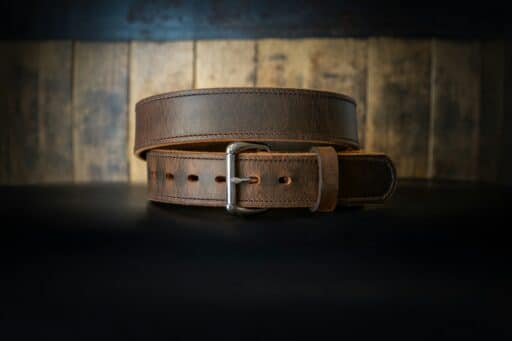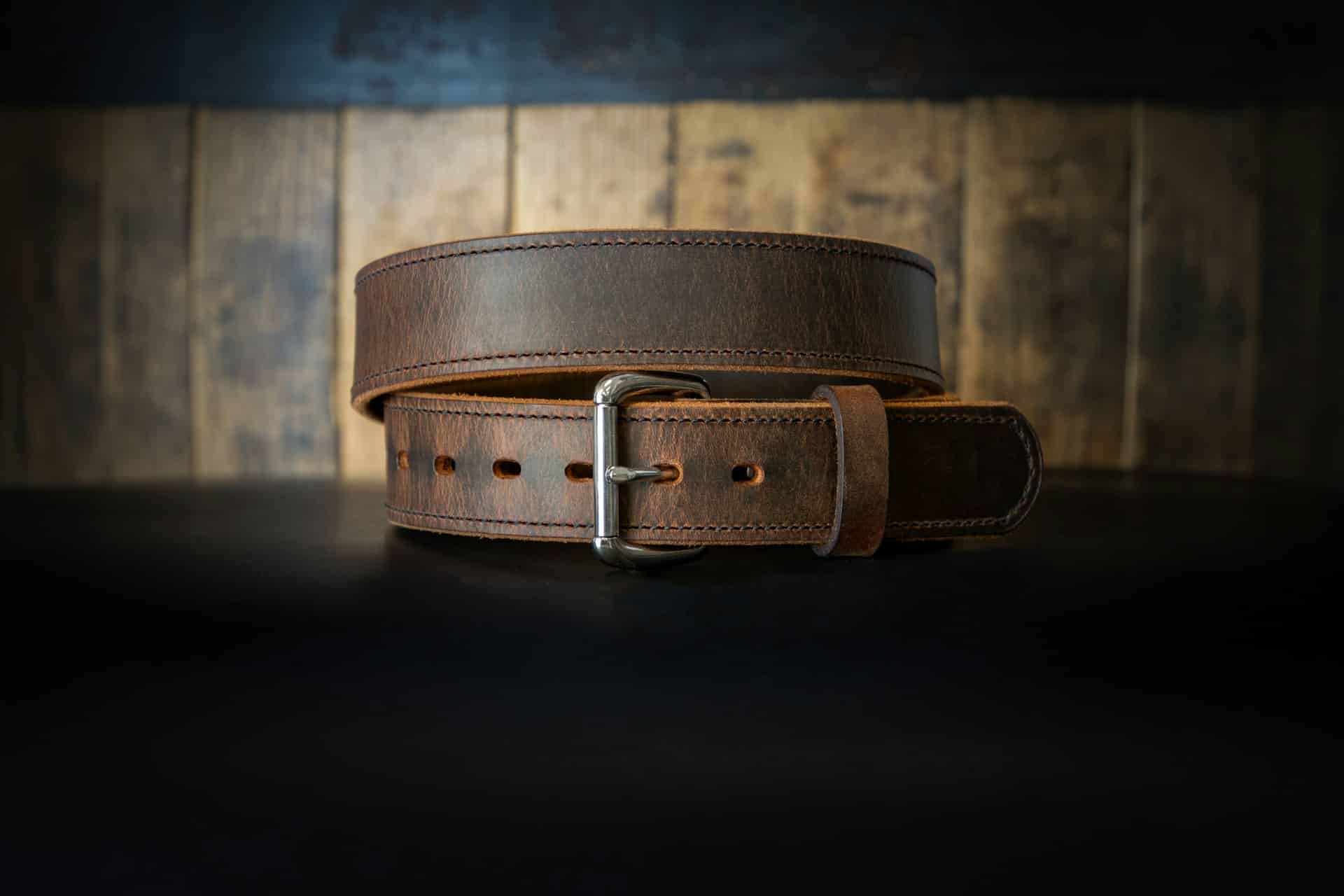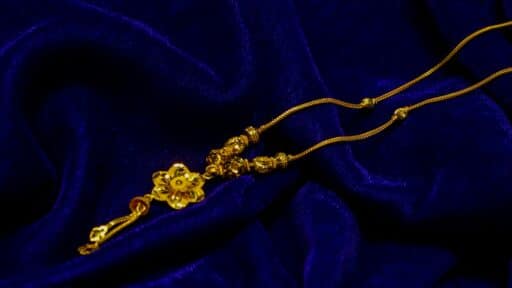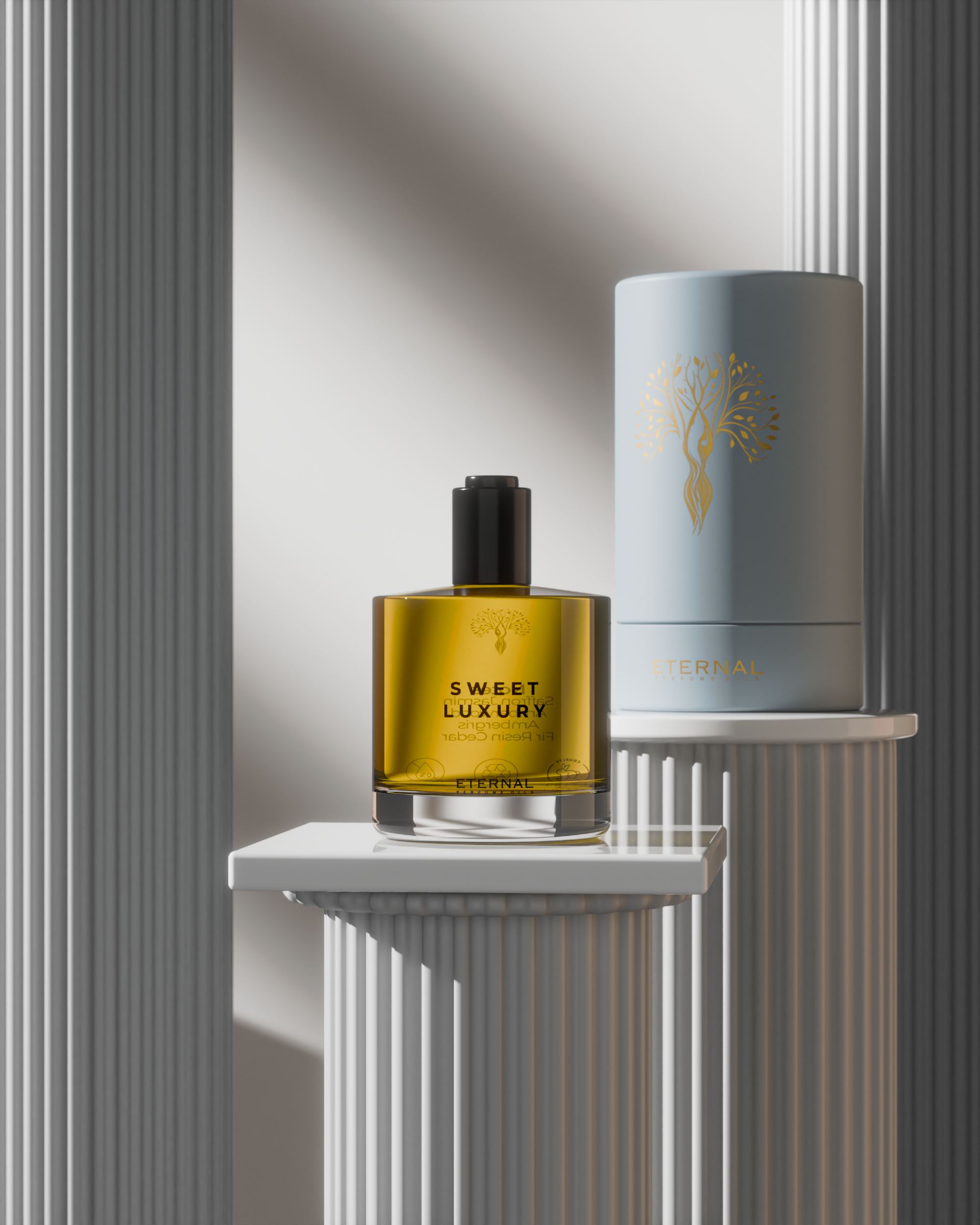When you think of a leather belt, you might picture something purely functional—keeping your pants from slipping down. But a well-crafted leather belt is far more than that. It’s a blend of utility, craftsmanship, and subtle style that can elevate everyday outfits.
In this post, we’ll dive into what makes leather belts special, how to pick one that’s right for you, and ways to care for it so it lasts a lifetime.
Why Leather Belts Endure
Leather has been used for clothing and accessories for centuries because of its durability and versatility. A quality leather belt can age beautifully: develop a patina, soften in the right places, and gain character over time. Unlike synthetic belts that crack or peel, leather (if treated properly) can remain functional and attractive for years.
Beyond durability, leather carries a certain visual weight and texture that pairs well with both casual and dressed-up looks. It bridges the gap between rugged and refined, making it a staple in many wardrobes.
Types of Leather Used in Belts
Full-Grain Leather
This is the highest grade of leather. It includes the entire grain layer, which has not been sanded away. It’s strong, breathable, and develops character as it ages.
Top-Grain Leather
Slightly lower in grade, this is often sanded or corrected to eliminate imperfections. It’s still good quality, but may not age as richly as full-grain.
Genuine Leather / Split Leather
These are lower tiers. Genuine leather is a “catch-all” label—often made from the lower layers of a hide. Split leather comes from the layers beneath the grain. These can be more affordable but often less durable.
Exotic Leathers
Crocodile, ostrich, or other animal hides might be used for special belts. They offer unique textures and visual interest but often come with higher costs and special care requirements.
Choosing the Right Leather Belt for You
Width & Thickness
- A belt around 1¼ to 1⅜ inches wide works well with dress pants and offers a sleek look.
- Wider belts (1¾ to 2 inches) feel more rugged and pair well with jeans or casual wear.
- Thickness plays into sturdiness: thin belts may flex too much and lose shape, while very thick belts can feel stiff at first.
Buckle Style
- Frame-style buckles (classic rectangular or square) are versatile and common.
- Plate or ranger buckles (a solid plate) make a stronger statement, often used in western or bold styles.
- Roll-buckles (O-rings, D-rings) are often used for informal belts and allow more adjustability.
Belt Color & Finish
Black, dark brown, and tan are safe bets that go with many outfits. A matte or lightly finished leather gives a more casual feel; polished or glossy finishes look more formal. Consider the tone of your shoes—leather belts often work best when their color complements your footwear.
Edge Treatment & Stitching
Clean edges—either burnished, painted, or bevelled—reflect better craftsmanship. Stitching should be even and tight. Saddle stitching (two needles crossing) is preferred for strength.
Lining or Reinforcements
Some belts have a lining (e.g., fabric or a softer leather) to increase comfort and durability. A belting strip or stiffener inside helps maintain shape, especially in wider belts.
Fit & Sizing
A good rule: if your belt buckle closes at the middle hole when worn normally, that belt is a well-fitted piece. Always leave a couple of holes on either side in case you gain or lose weight.
Styling a Leather Belt
Dress & Business
Pair a sleek black or dark brown belt with a matching leather shoe color. Keep it minimal—slim width, simple buckle. Let the belt subtly support your waist without drawing too much attention.
Casual & Smart Casual
Tan, chestnut, or vintage brown belts work beautifully with jeans, chinos, or casual trousers. A wider belt with visible stitching gives personality. Dark-washed jeans and a distressed leather belt can create an intentional “rugged” look.
Western, Outdoor & Heritage Looks
Here, the belt is more than functional—it’s part of the story. Wide leather belts with bold buckles or tooling details tie into a heritage or outdoors theme. In those contexts, the belt is a signature piece, not just an accessory.
Caring for Your Leather Belt
Regular Maintenance
- Wipe with a soft cloth to remove dust or dirt
- Use a leather conditioner periodically to prevent dryness and cracking.
- Avoid saturating with water—if it gets wet, let it dry naturally (no heaters or direct sun)
Storage
Hang belts or roll them loosely—don’t fold sharp creases. Keep them away from direct sunlight or humidity. A cool, dry closet works well.
When to Replace
Even the best belts wear down. Replace when:
- The leather cracks or splits
- The holes stretch excessively.
- The buckle fails or deforms.
- It no longer fits in the middle hole (i.e., missing flexibility)
Conclusion
A leather belt may seem simple at first glance—but it carries weight far beyond function. It’s a statement of craftsmanship, style, and longevity. Choosing one well means you’ll wear it for years, letting it grow with you. And when you find a belt that balances quality, comfort, and aesthetics—that’s something worth holding onto.







